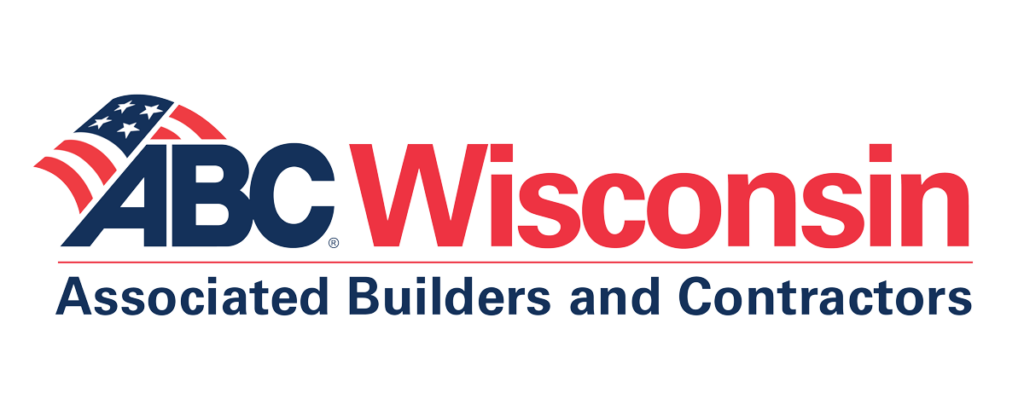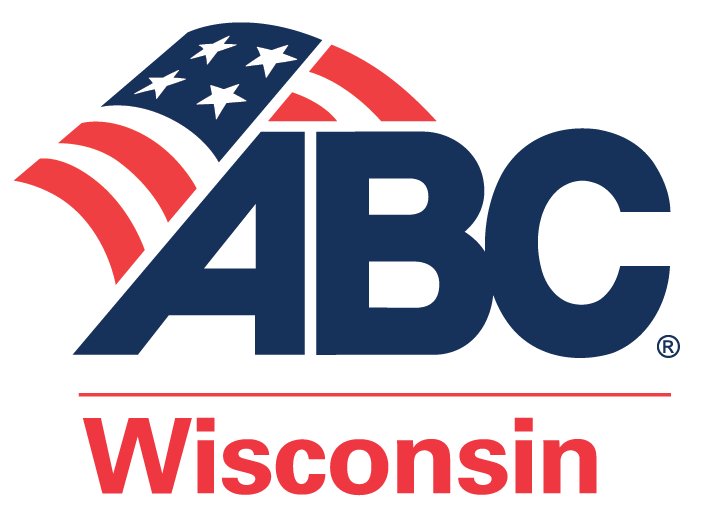Measure twice, cut once
The most unused tool for most contractors is their accounting system. There are few tools that can help either make more money – or help you to lose it all – more than the accounting system. You use it to help improve your company’s performance and cash flow.
A 2016 study by Dodger Data and Analytics concluded that high-performing contractors – those who complete 25 percent or more of projects ahead of schedule and 50 percent or more under budget – have practices that directly impact people and processes: 1. They tie employee incentives to project performance and have clearly defined job roles. 2. Their processes include frequent measurement of project performance and use technology and project management systems.
In order to tie incentives to project performance, you have to be able to measure project performance. And to keep the project on track, both in schedule and costs, you have to make those measurements frequently.
Garbage in, garbage out
Unfortunately, many smaller contactors and subcontractors try to keep track of projects manually or in their head. Their basis for the estimates in their contract bids are built on rules of thumb that may be decades old. Many contractors with annual billings below $5 million have accounting systems set up improperly or maintained improperly so that results at a project end, or at year end, are a surprise.
First: Do you document your estimates? If you are a drywall company, how many sheets EXACTLY did you calculate for your bid? Electricians, did you document each switch, fixture, junction box and cable run in your bid? If not, why not? Do you have up-to-date costs in your estimating system such that if you issued a PO from your estimate there would be no cost discrepancies? If not, why not? Well-run contractors know exactly what was in their bid, part by
part, and they have entered the estimate information into their ERP to track costs to their project.
Second: Do you post your costs properly into your ERP system? Do you do it according to the way the system was designed? When listing the 10 most common mistakes when using Quickbooks Contractors Edition, the #5 reason why contractors can’t manage their costs properly is failing to use the built-in estimate function or using an estimating program that interfaces with Quickbooks. The #2 reason is entering job costs incorrectly. The #1 reason: outsourcing your payroll. The built-in functionality of Quickbooks payroll enables your in-house accountant to track the labor time to each project. If you don’t know where the labor is being costed to, how do you know if you made money on the project?
Third: Billing and receiving payments incorrectly. I have worked with contractors who fail to inform their accounting departments of change orders, so payments get misapplied. Change orders get misbilled as a result, leaving money on the table. Or worse yet, the site supervisor for the sub-contractor fails to get written approval of the change order before the work begins, leaving the additional costs subject to dispute at the end of the project.
Opportunity usually comes disguised as hard work
Fortunately, there is plenty of opportunity to improve performance.
1. Improve your estimating process.
Tie your component costs to price lists from your vendors. If you have budgeted your company’s performance, negotiate discounts or rebates based on volumes you expect to reach. Why are rebates better than discounts? The invoices for materials used on the job are billed at full price, so markup is at a higher base. Discounts are rarely based on the performance of a single job, but instead on the volume that you purchase over time, so they help the overall bottom line. The key here is having a meaningful budget process and a detailed estimating process to help in negotiating rebates.
2. Use your project management software properly.
Whether it is QuickBooks or something with more bells and whistles, you need to make sure that the staff using it have been trained in how to set it up and how to keep it fed properly. It may look like it’s easy to start using, but even QuickBooks needs to be set up properly for your operation. Managing estimates, generating progress reports and scheduling jobs are not “learn as you go” if you plan on using the data to make good decisions.
3. Listen to staff.
Your staff must be able to tell you when processes aren’t being followed. They need to be able to hold YOU accountable. Sadly, it is often the owner who “leads by example” in rule-breaking.
4. Establish your performance metrics and review progress frequently.
When we say “metrics,” we mean objective numerical measurements. If they aren’t objective, they aren’t meaningful because they will be more emotional than actionable. Each construction division has their own metrics that apply. Use them.
When we say “frequently,” it depends on what you do. If you are involved in a long-term project that spans many months, you should review the project and your team’s metrics at least once a week. If your work – e.g. painting the entire interior of a new building – takes a week to complete, then daily reviews are important to organizing your efforts and measuring results.
How many metrics? The fewer, the better. People get bogged down in trying to have too many. Three to five is the most anyone can really handle. They need to be easy to obtain. The longer it takes to generate them, the less meaningful they are. That is why integrating workers time reporting into a system that allows you to monitor it frequently takes the guesswork out of productivity measures.
5. Finally, Improve your communication and training.
Every time you acquire a new tool, you should train on the tool to best use it. Software is no different. Training your accounting staff to better use the accounting system and listening to them about the issues they have with obtaining the necessary information is important to improving accuracy and building morale. The people tracking how well you are using your funds often feel like the redheaded stepchild.
Numbers don’t lie
Improving the performance of your construction company in 2019 isn’t black magic. It just comes down to the numbers. Improving the accuracy of your estimation process will eliminate the “gotchas” that cost you time and materials when the project is active. Improving the reporting of project progress will enable you to fix problems before they get out of control, hold managers responsible, and achieve improved on-time, under-budget performance.
Improving your communication and training will improve morale while improving your financial and project reporting. At year end, you will be rewarded with higher revenues, profits and cash flow.












